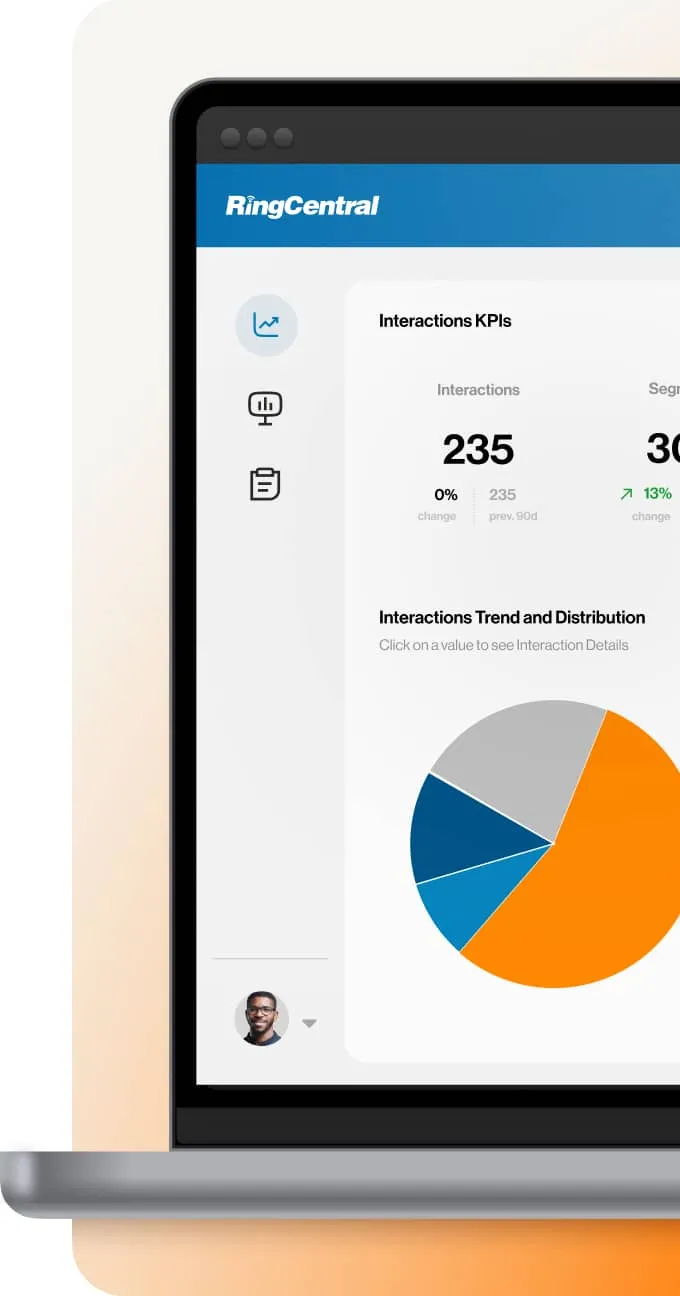At the simplest level, this is another metric you’ll want to be as low as possible. However, there is a little more nuance here.
For instance, a slightly higher AHT may be preferable if the resolutions provided are better. It’s better all-around for agents to take a little longer but ensure customers aren’t forced to get in touch again a few hours, days, or weeks down the road.
So, what you’re looking for here is the right balance between the time each interaction takes to resolve and the success of the resolution. However, the ACW element of any call is one area you should always be looking to make more efficient. Fortunately, AI can help with this.
For instance, an AI-powered contact center solution can use Natural Language Understanding (NLU) and Processing (NLP) to accurately transcribe calls. If it’s then also integrated with your CRM, the transcription can get drawn upon to fill out any post-call notes. That’s one job your agents no longer have to do!












